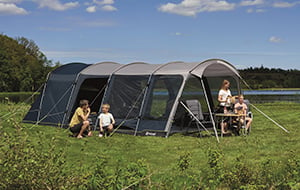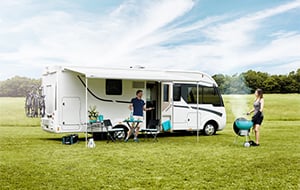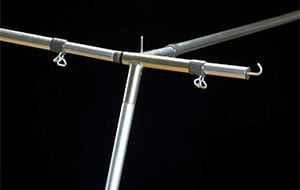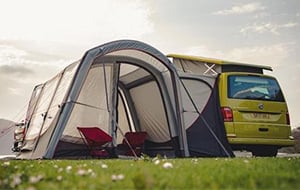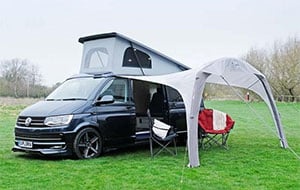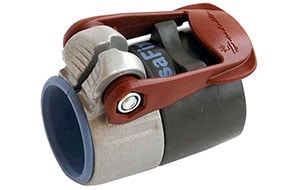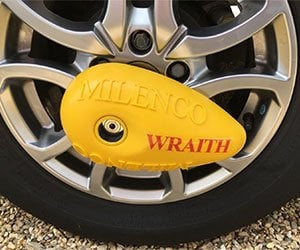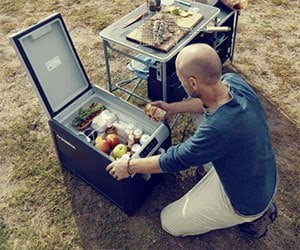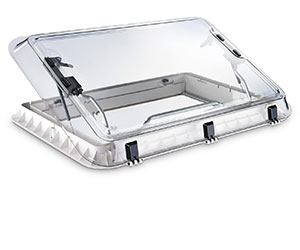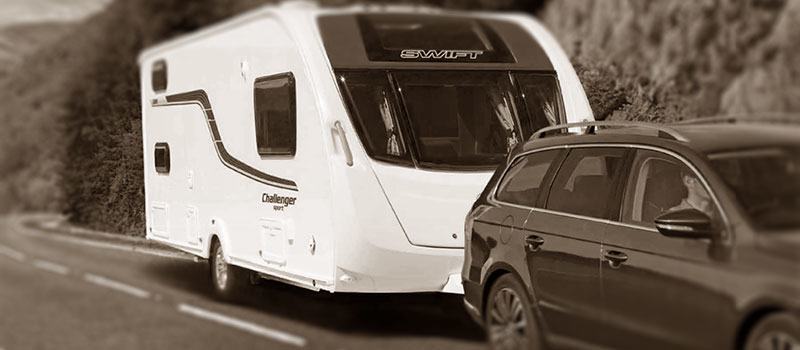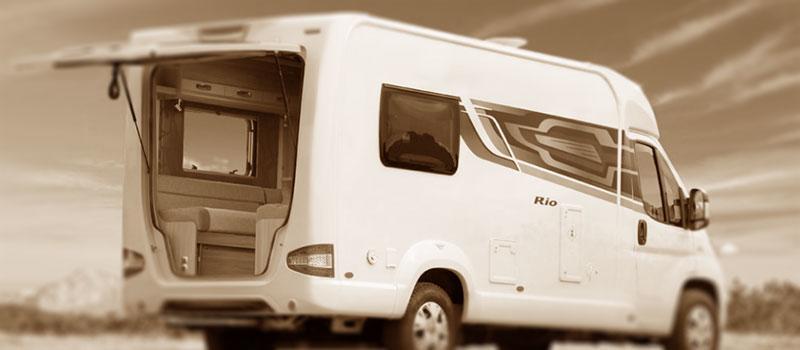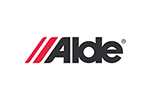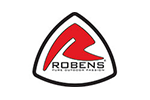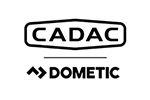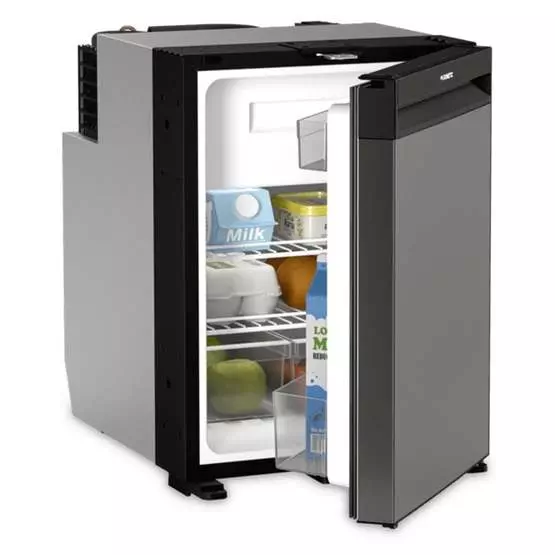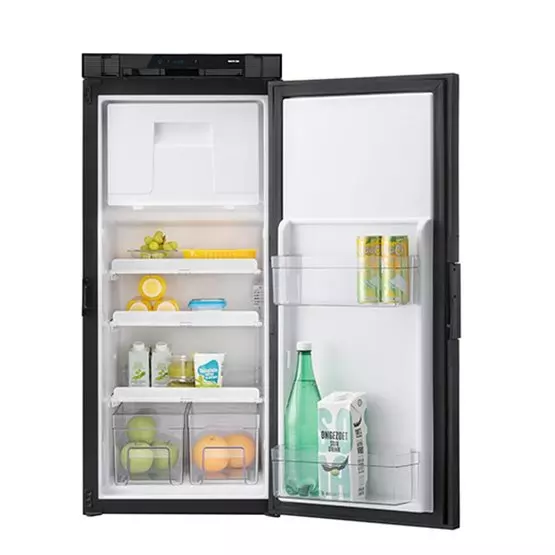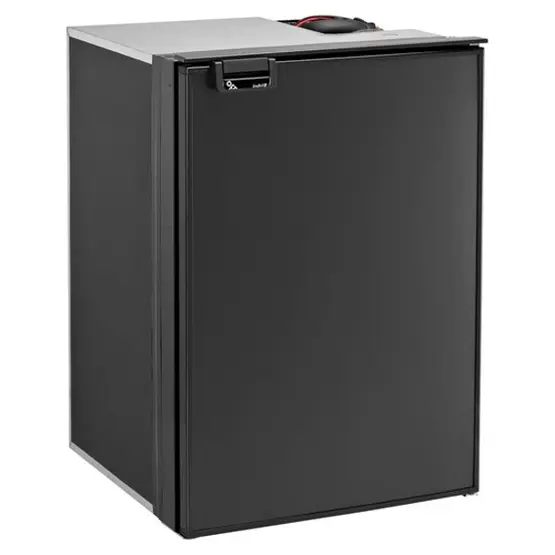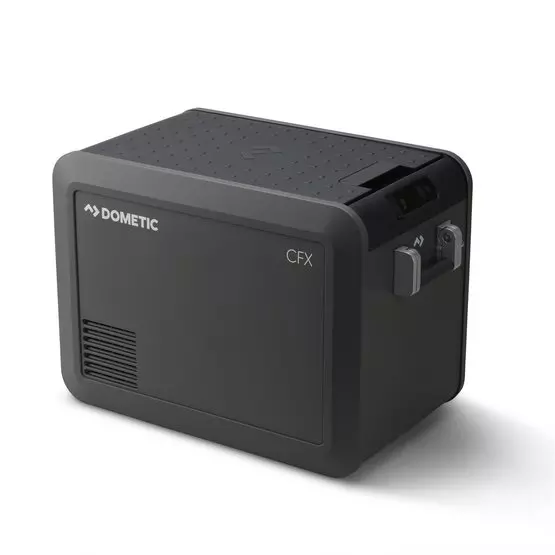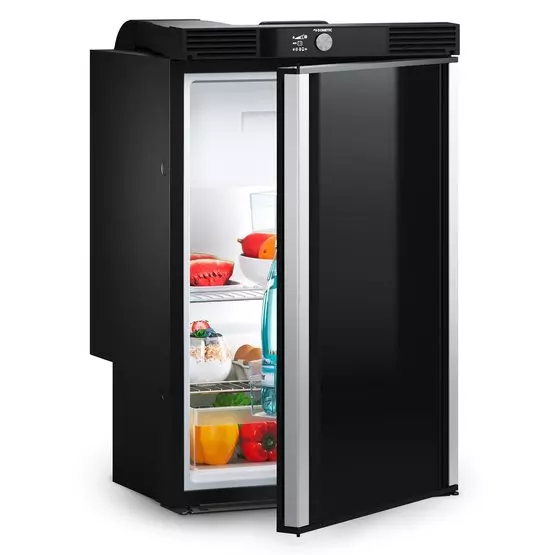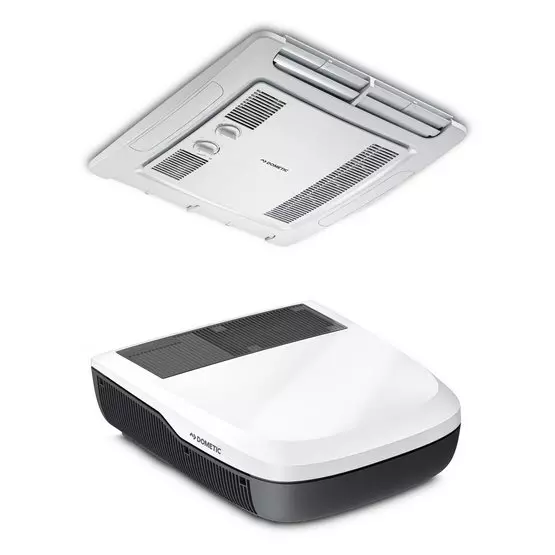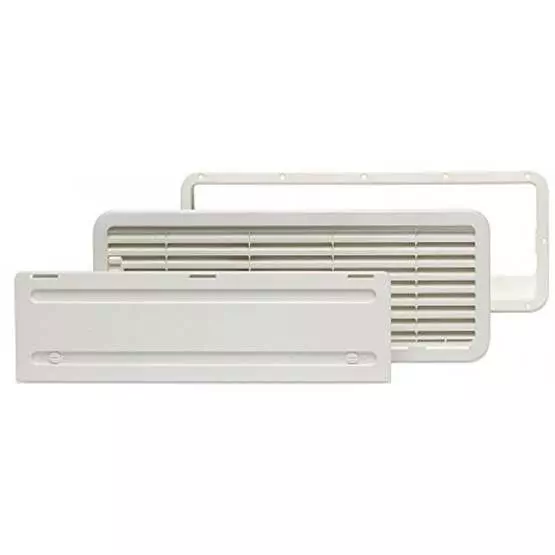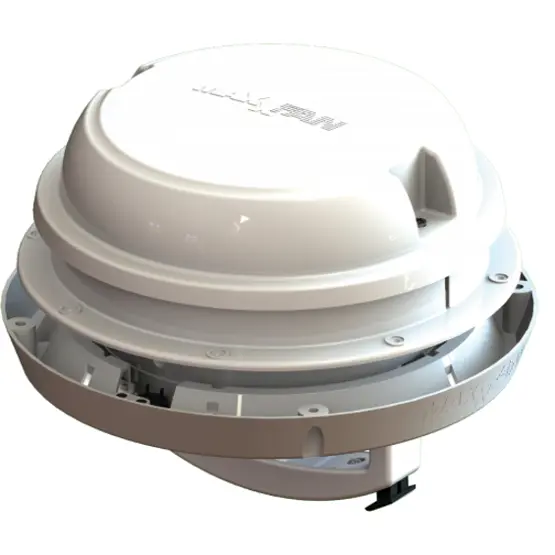Frequently Asked Questions About Campervan Cooling
Real-world testing shows dramatic differences in 12V power consumption. A typical 80L compressor fridge uses 40-70Ah per day, cycling on and off. Absorption fridges on 12V draw 10-15A continuously without thermostat control, consuming 240-360Ah daily - up to 7 times more power. One documented test showed an absorption fridge using 514Ah versus 74Ah for a compressor fridge over 24 hours. This makes compressor fridges essential for off-grid solar setups.
Common cooling problems include: blocked external vents (check for dust/debris on absorption fridges), incorrect levelling (absorption fridges need within 3 degrees), power supply issues (verify 12V voltage at fridge terminals), and failed thermostats. For absorption fridges, yellow residue indicates cooling unit failure requiring replacement. Compressor fridges may have failed door seals, low refrigerant, or compressor issues. Always check ventilation first - blocked vents cause 70% of cooling problems.
The Dometic NRX series replaced the CRX in 2024 with significant improvements: 9% better energy efficiency through optimised compressor and fan controls, vacuum insulated panels (VIP) for superior insulation, additional operating modes including Silent and Performance modes, improved LED lighting with IR sensors, and enhanced digital controls. The NRX50C has identical 44L capacity to CRX50 but uses approximately 26Ah daily versus 29Ah for CRX models. If your CRX is working well, upgrading isn't essential unless seeking maximum efficiency.
Yes, but requires substantial battery capacity. The Dometic RTX2000 draws 19A in eco mode, 42A at maximum - requiring 400-600Ah lithium battery banks for meaningful runtime. Larger units like Nomadic Cooling systems draw 65-105A, needing 800-1200Ah capacity. Most van builds dedicate separate 300-400Ah battery banks solely for AC operation. With 600W+ solar and lithium batteries, you can achieve 4-8 hours runtime depending on conditions. 12V DC units are far more efficient than 240V AC units running through inverters.
Winter covers are essential for absorption fridges when ambient temperatures drop below 8°C. Cold air entering lower vents prevents proper heat buildup in the cooling unit, causing poor performance and potential cooling unit damage. Covers reduce airflow whilst maintaining essential ventilation through small gaps. They also prevent driving rain and snow ingress during storage. Only absorption fridges require vents - compressor fridges need no external ventilation. Standard sizes are 480x185mm (Dometic), 451x156mm (Thetford), and 360x135mm (MPK).
Gas ignition failures typically stem from: blocked burner jets (clean with compressed air), spider webs or debris in flue tubes, incorrect gas pressure (should be 30mbar), faulty igniter electrode (check spark gap 3-4mm), or insufficient 12V power to ignition system (needs minimum 10.5V). Check gas isolation valve is fully open and regulator is functioning. If fridge fails to light three times, it locks out until powered down and restarted. Yellow flames indicate incomplete combustion requiring professional attention. Most ignition issues resolve with thorough cleaning of burner assembly.
For reliable off-grid operation, plan minimum 300Ah lithium batteries with 400W solar for fridge-only setups. Adding air conditioning requires 600-800Ah battery banks with 800W+ solar panels. Calculate daily consumption: 80L fridge (50Ah) + lights/devices (30Ah) + AC for 4 hours (160Ah) = 240Ah daily minimum. Size batteries for 2-3 days autonomy without sun, requiring 600-720Ah capacity. Use MPPT charge controllers and DC-DC chargers for alternator charging. High-current DC appliances need appropriate cable sizing - minimum 6mm² for fridges, 16-25mm² for air conditioning to prevent voltage drop.
Yellow crystalline residue indicates coolant leak from failed steel tubing in the cooling unit. This chromate corrosion occurs when ammonia solution corrodes internal pipes, often caused by running fridge off-level for extended periods, age-related metal fatigue, or manufacturing defects. Once yellow residue appears, the sealed cooling system has failed and requires complete cooling unit replacement. Temporary fixes don't work as it's a closed-loop system. Prevention involves keeping fridge level within 3 degrees, regular maintenance, and avoiding prolonged off-level parking.
Under-bench systems like Truma Sapphire Comfort or Velit 2000U work best for stealth camping as they're completely hidden and preserve roof space for solar panels. These units fit discretely under seating whilst providing 7500-12000 BTU cooling. However, they require internal ducting and drain systems. Portable units offer flexibility but need window venting. Roof-mounted units are most visible and compromise stealth. Consider noise levels - under-bench systems typically operate at 45-55dB versus 35-40dB for quality roof units. Battery-powered portables eliminate generator noise but have limited runtime.
Constant running indicates: thermostat failure (test with multimeter for continuity), refrigerant loss (check for oily residue around connections), blocked condenser coils (clean external fins), poor door seals (perform paper test), or incorrect temperature settings. Reduce consumption by: pre-cooling items before loading, maintaining 75% capacity for airflow, setting temperature to 3-4°C (not colder), using eco mode, improving ventilation around condenser, and adding thermal mass with water bottles. Insulating around installation cavity prevents heat transfer. Well-maintained fridges cycle 40-60% of time versus 80-100% when problems exist.
For occasional use, thermoelectric coolboxes offer the best value as opposed to compressor fridges. Units like Mobicool T35 cool 20°C below ambient, adequate for weekend trips. They work from 12V whilst driving and 240V on hookup. Limitations include continuous power draw (3-6A), poor performance in hot weather (30°C+), and no freezing capability. Portable compressor coolboxes like Dometic CFX3 25 provide better performance but cost more.
12V AC installation requires: structural roof reinforcement (units weigh 25-45kg), weatherproof cutout (typically 400x400mm), dedicated high-current wiring (minimum 16mm² cable for 60A loads), mega/midi fuses rated 20% above maximum draw, and separate battery isolation systems. Roof adapters accommodate van corrugations for proper sealing. Electrical upgrades include 400-800Ah lithium batteries, 60-100A charge controllers, and 800W+ solar arrays. Professional installation recommended for structural and electrical safety.
Dometic leads with most comprehensive UK dealer network, 2-year warranties, and complete parts databases including discontinued models. Authorised service centres nationwide provide expert diagnosis and genuine components. Thetford offers competitive 2-year coverage with good parts availability through ourselves. Indel B provides specialist marine/automotive parts through distributors but fewer service points. Vitrifrigo has growing UK support network. Waeco parts remain available through Dometic as they acquired the brand. Always register products for warranty coverage and retain purchase receipts. Extended warranties available through some dealers for added protection beyond standard coverage.
Absorption fridges struggle above 30°C ambient, cooling only 20-25°C below outside temperature. Performance degrades significantly in hot climates without additional ventilation fans. Compressor fridges maintain consistent temperatures regardless of ambient conditions, working efficiently from -10°C to +60°C external temperatures. Thermoelectric coolboxes are temperature-differential devices, cooling maximum 20°C below ambient - useless in really hot weather. Air conditioning systems work hardest in extreme heat: 12V units consuming 50-100A at 40°C+ versus 20-40A at 25°C. Solar charging also reduces in extreme heat, creating double burden on electrical systems. Choose compressor cooling for reliable hot-weather performance.
